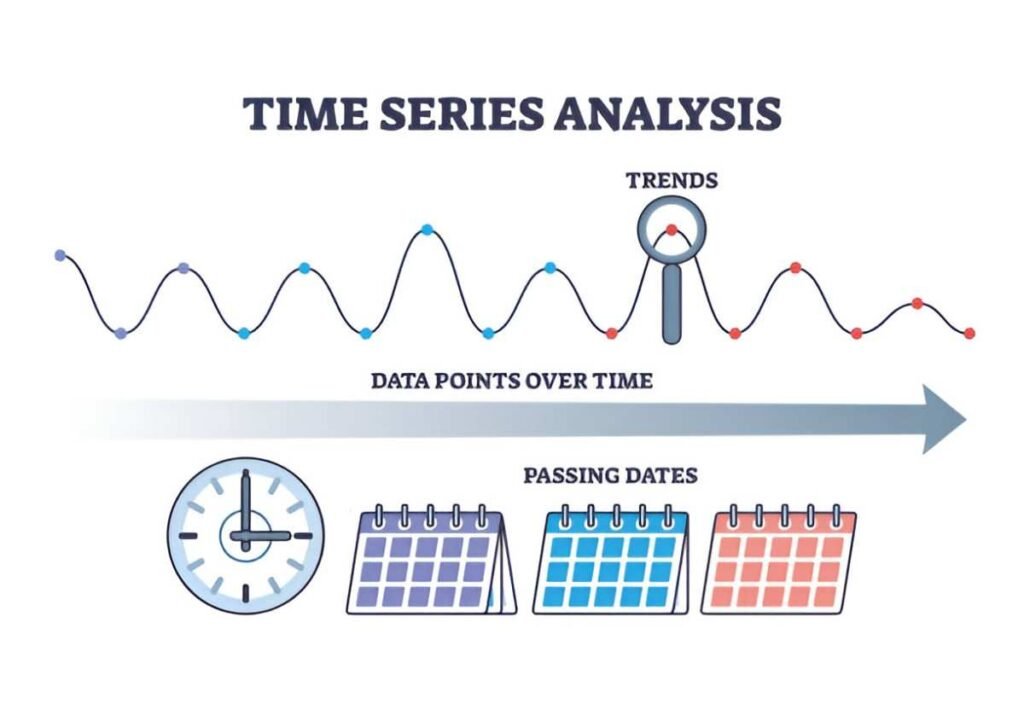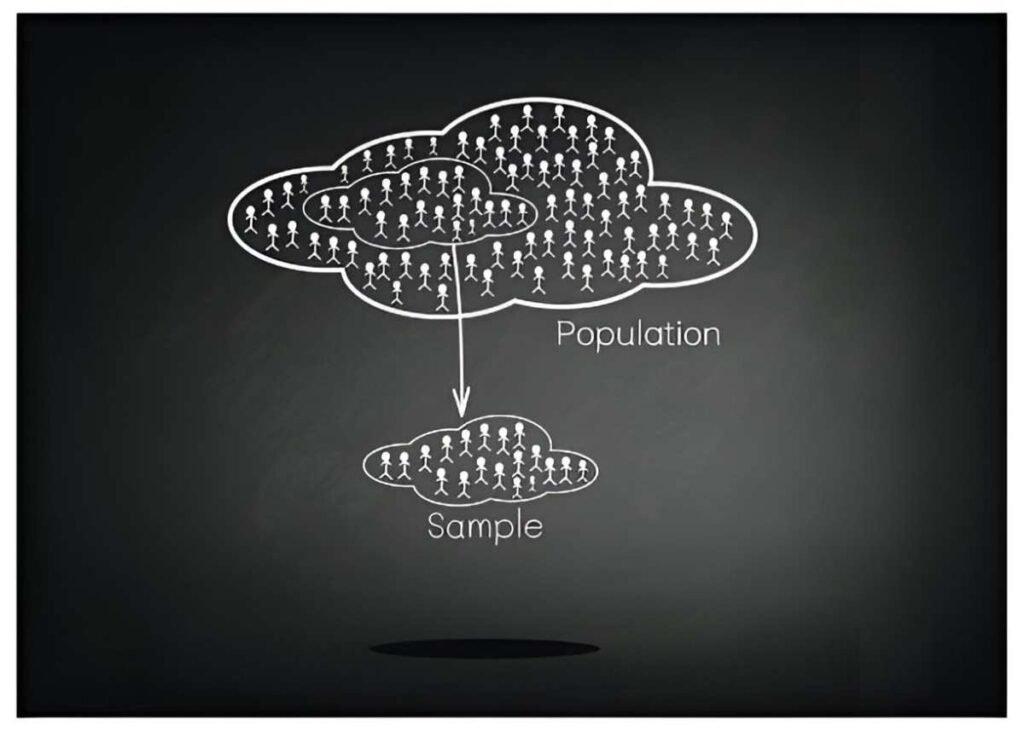As a finance and accounting professional, I often encounter complex datasets where multiple variables interact in ways that simple analysis cannot capture. Multivariate analysis helps me unravel these relationships, providing deeper insights into financial trends, risk assessments, and decision-making processes. In this article, I explain what multivariate analysis is, why it matters, and how it applies in real-world scenarios.
Table of Contents
What Is Multivariate Analysis?
Multivariate analysis refers to statistical techniques that examine multiple variables simultaneously. Unlike univariate or bivariate analysis, which study one or two variables, multivariate methods consider the interplay between three or more variables. This approach helps identify hidden patterns, correlations, and dependencies that simpler analyses might miss.
Key Mathematical Foundations
At its core, multivariate analysis relies on linear algebra and probability theory. A fundamental concept is the covariance matrix, which measures how variables change together. For variables X and Y, the covariance is defined as:
\text{Cov}(X,Y) = \frac{1}{n} \sum_{i=1}^{n} (X_i - \bar{X})(Y_i - \bar{Y})Where:
- n is the number of observations,
- \bar{X} and \bar{Y} are the means of X and Y.
When extended to multiple variables, we use a covariance matrix:
\Sigma = \begin{bmatrix} \text{Var}(X_1) & \text{Cov}(X_1,X_2) & \dots & \text{Cov}(X_1,X_p) \\ \text{Cov}(X_2,X_1) & \text{Var}(X_2) & \dots & \text{Cov}(X_2,X_p) \\ \vdots & \vdots & \ddots & \vdots \\ \text{Cov}(X_p,X_1) & \text{Cov}(X_p,X_2) & \dots & \text{Var}(X_p) \end{bmatrix}This matrix is crucial in techniques like Principal Component Analysis (PCA) and Multiple Regression.
Why Multivariate Analysis Matters
In finance and accounting, decisions often hinge on multiple factors. For example, stock prices depend on interest rates, company earnings, and macroeconomic indicators. A univariate analysis of stock returns might overlook critical interactions. Multivariate methods provide a more holistic view.
Applications in Finance
- Portfolio Optimization – Harry Markowitz’s Modern Portfolio Theory (MPT) uses multivariate analysis to balance risk and return by considering correlations between assets.
- Credit Risk Modeling – Banks assess loan applicants using variables like income, credit score, and debt-to-income ratio.
- Fraud Detection – Anomalies in transaction patterns emerge when analyzing multiple variables like location, amount, and frequency.
Common Multivariate Techniques
1. Multiple Linear Regression
Multiple regression predicts a dependent variable using several independent variables. The model is:
Y = \beta_0 + \beta_1 X_1 + \beta_2 X_2 + \dots + \beta_p X_p + \epsilonWhere:
- Y is the dependent variable,
- X_1, X_2, \dots, X_p are predictors,
- \beta_0, \beta_1, \dots, \beta_p are coefficients,
- \epsilon is the error term.
Example: Predicting house prices based on square footage, number of bedrooms, and location.
2. Principal Component Analysis (PCA)
PCA reduces dimensionality by transforming correlated variables into uncorrelated principal components. The first component captures the most variance:
PC_1 = w_{11}X_1 + w_{12}X_2 + \dots + w_{1p}X_pWhere w_{ij} are weights determined via eigenvalue decomposition.
Use Case: Simplifying stock market data into key trends.
3. Cluster Analysis
This technique groups similar observations. The K-means algorithm minimizes within-cluster variance:
\text{argmin}S \sum{i=1}^{k} \sum_{x \in S_i} ||x - \mu_i||^2Where:
- S_i is a cluster,
- \mu_i is its centroid.
Example: Segmenting customers based on spending habits.
Real-World Example: Stock Market Analysis
Suppose I want to analyze how three variables—GDP growth (X_1), inflation (X_2), and interest rates (X_3)—affect stock returns (Y). A multiple regression yields:
Y = 0.5 + 1.2X_1 - 0.8X_2 - 0.3X_3This suggests:
- A 1% GDP increase raises returns by 1.2%.
- A 1% inflation increase reduces returns by 0.8%.
Challenges and Limitations
Multivariate analysis assumes linearity, normality, and no multicollinearity. Violations can distort results. I always check assumptions before interpreting models.
Conclusion
Multivariate analysis is indispensable in finance, accounting, and beyond. By examining multiple variables together, I uncover deeper insights that drive better decisions. Whether optimizing portfolios or detecting fraud, these techniques provide clarity in a complex world.





